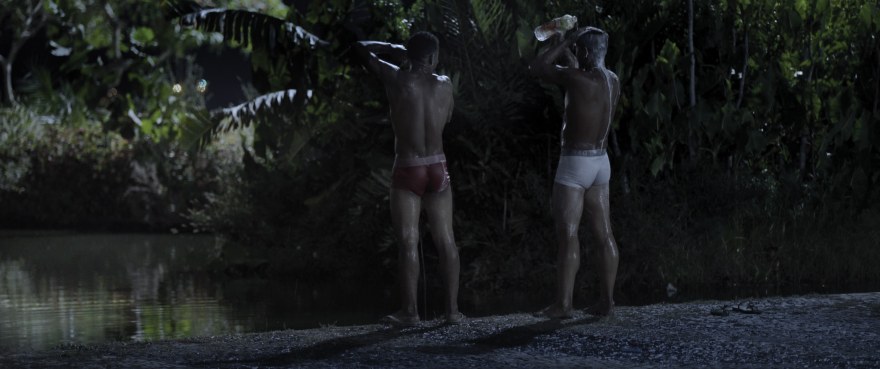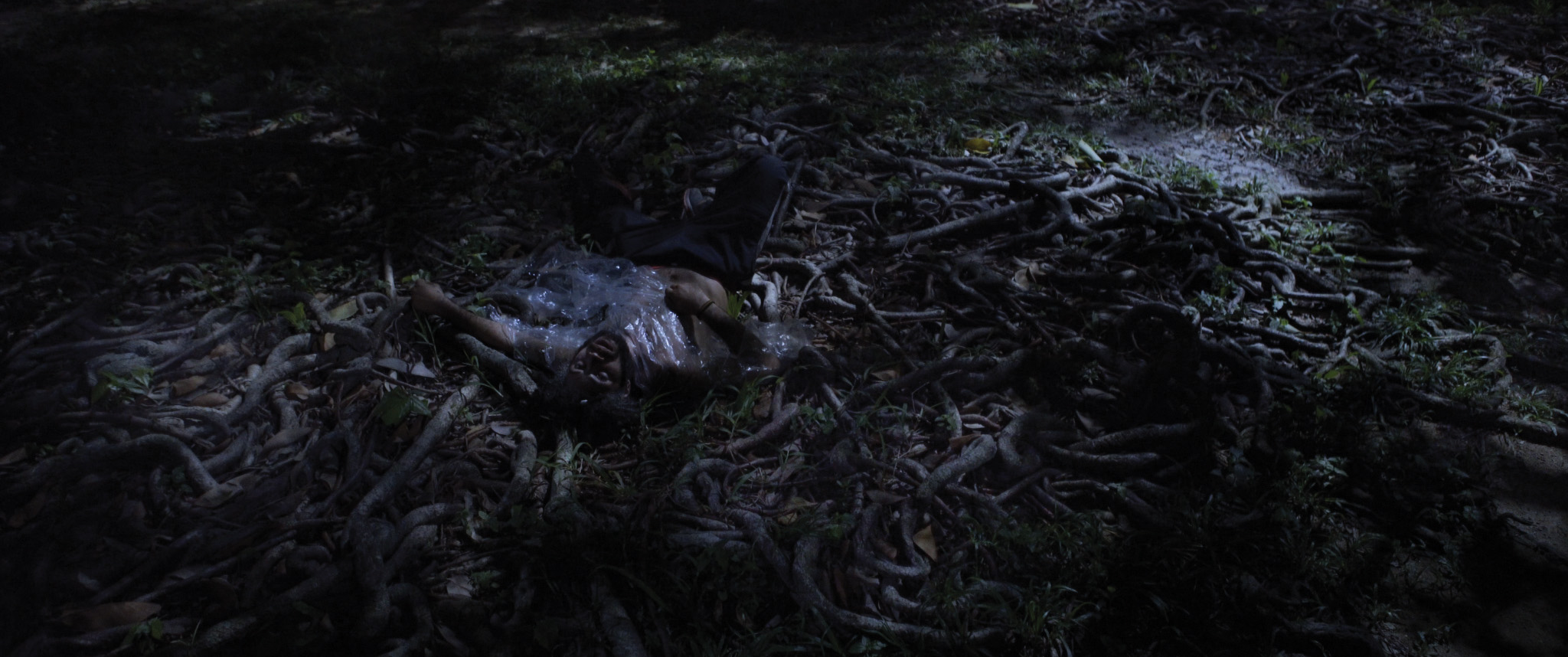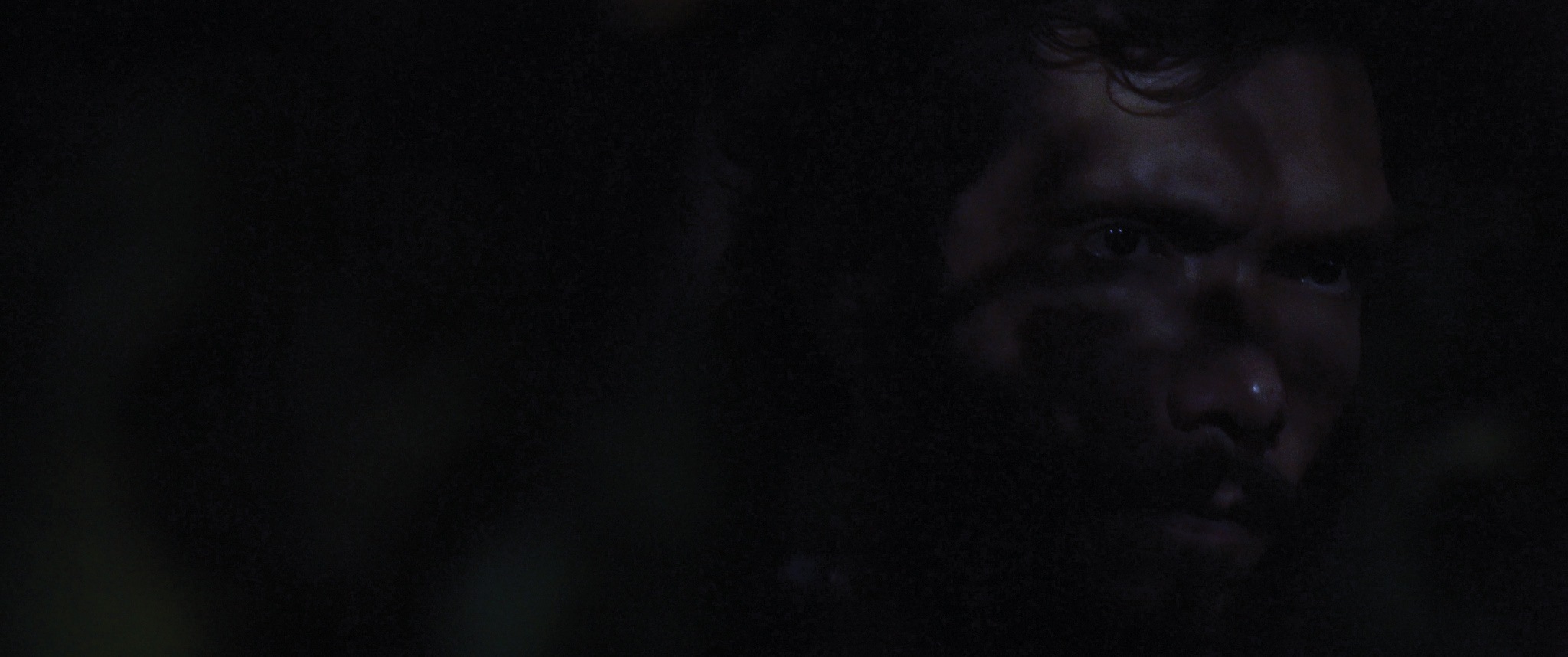Tea time with Vagalumes [Fireflies]
Interview with Léo Bittencourt, director of Vagalumes [Fireflies]
How did you get into the idea of shooting a public park by night?
When we started the research about the construction of the park we decided to change the focus of the film. Parque do Flamengo, or simply Aterro do Flamengo, was one of the major public works to renovate the city center of Rio. In this process of “modernization”, countless poor families were removed to the periphery and important hills were demolished. The choice to shoot at night was made to focus the film on the population that inhabits the park and is not part of this ideal of progress. A population that has always remained marginalized and that has its refuge at night. Homeless people, initiated in Candomblé, and cruising participants are the fireflies that shine in the dark of the Aterro. These characters, who despite being in the shadow of the modernist ideal that conceived and built the park, make this space a place for experiencing other forms of sociability, struggle and pleasure.
Why did you choose Flamengo Park specifically?
I have lived near the Aterro do Flamengo for many years. It’s one of the places that most interest me, for its beauty and diversity. People from all corners of the city frequent it. Aterro is a space with a lot of life, which completely changes its visitors between day and night. However, what stimulated me the most from a cinematic point of view is the artificial character of the park. It was created by grounding the waters of Guanabara Bay with the land of a gigantic hill, within an equally monumental ideal of progress. This gives us enormous artistic freedom. If everything in that space was idealized, the film can also start from that premise and create another space for itself. A space that only exists through cinema. Vagalumes narrates an evening stroll which begins with a sci-fi atmosphere and builds a sensory experience among plants, people, animals and architecture that ends with the entire park cumming.
Did you do research on the night activities going on and is the film partly documentary? Actually, are all of the characters actors?
We did extensive research at Aterro in the evening. Giovani Barros was responsible for the cruising research and Sabrina Bitencourt for the research with homeless people. In addition, Juliano and I went to Aterro innumerable times at night just to observe the park’s nightlife. Although we have done careful research and many of the situations portrayed in the film are based on observation, I do not see Vagalumes as a documentary about the nightlife at Aterro do Flamengo. The film makes a very specific cut that purposely does not include other uses of the park’s infrastructure at night. In addition, we use observation as a basis for developing the scenes. Vagalumes is a hybrid film, with fictional and documentary scenes. We chose this option for two reasons. First, we wanted to make a film that incorporated the artificiality inherent in the construction of the park in all its stages and layers. The second is an ethical issue: men who go to the park for cruising do not want to have their identity revealed. In addition, homeless people are in a more fragile social situation, so we prefer not to expose them and seeking actors to make the situations we witnessed in the research. However, there were some people who wanted to be part of the film that we incorporated into documentary scenes.
Where does the song of Logunedé come from? How important is it in Vagalumes?
The song is a compliment to Oxóssi, an orixá of Candomblé, an Afro-Brazilian religion. In Candomblé, there is a belief in a Supreme Being (Olorum) and a cult directed to the forces of nature personified in the form of deified ancestors: the orixás. Oxóssi is the god of hunters. It protects them and makes their expeditions effective. The song suggests that Logunedé is Oxóssi’s son with Oxum. Logunedé is another protective orixá of hunters. He has the particularity of be alternately male during the six months he spent on land, and female during the other six months she spent in the water. The song in praise of Oxóssi is close to the middle of the assembly of Vagalumes and has the function of driving the “enchantment” for the entire park. It is his song that “awakens” the plants, animals, men and objects putting them in this hedonistic enchantment. The sequence also symbolizes the memory of the black people that was expelled from the center, from their homes and from their land. It is a symbolic return, since Parque do Flamengo was built with the lands of Hill of Santo Antônio. This sequence pays homage to the struggle of the black population to maintain their identity, religion and customs. Therefore, the offering to Oxóssi is a link between the past and the present in the film.
How much are you interested in the relation to nature and do you have further projects including this aspect?
I am interested in the encounter between nature and society, in how these forces take place. What is produced by this meeting? It interests me to research cinematographically.
What do you think the future holds for short films?
The Covid-19 pandemic has greatly accelerated the consumption of online movies. In Brazil, short films suffered a lot from the lack of exhibition space. With social isolation and a growing culture of streaming, I believe that more platforms specializing in short films will appear. So, even outside the movie theaters, I see a promising future for short films.
If we were to go back into lockdown, what cultural delights would you recommend to alleviate our boredom?
I would like to suggest to the French audience to try to watch more Brazilian films. Brazil has a powerful and diverse contemporary cinematography, which can be a great opportunity to know other ways of life and worldviews.










